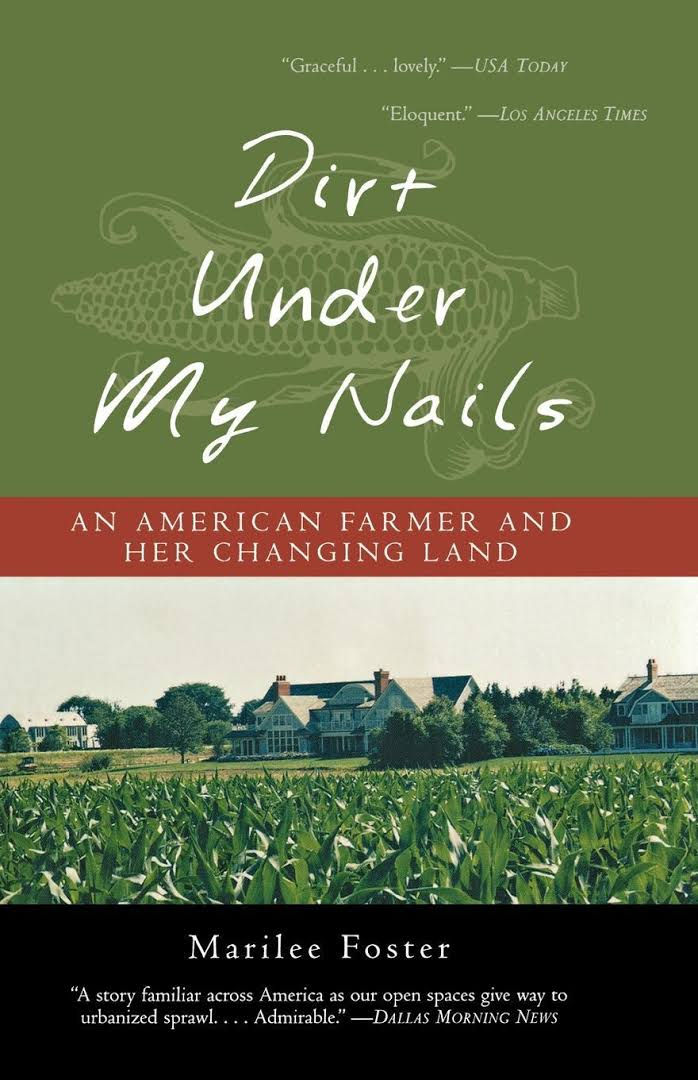BOOK REVIEW: Dirt Under My Nails: An American Farmer and Her Changing Land
- Rachel Cobb

- Mar 1, 2017
- 2 min read

By Marilee Foster Reviewed by Caroline McCullagh.
I was having trouble getting into Dirt Under My Nails. It’s a book about farming built around the rather standard format of the four seasons. The chapters were adapted from the columns Marilee Foster wrote for the Long Island newspaper The Southampton Press. The author chose to start with winter, when not much is happening on a farm. There are many pages about storm clouds, frozen ponds, and snowfall, but not much action. About the time I was ready to move on to another book, we arrived at spring and things began to pop. At the same time, I realized something. It’s quite likely I have driven past Ms. Foster’s farm. My late husband, Bill, grew up in Northport, New York in the 1920s and 30s. The last time we visited his hometown a few years ago, we took a day drive to the south fork of the island, through the Hamptons and Sagaponack. That’s, where Ms. Foster, her brother, Dean, and her father farm on land that has been in their family for over a hundred years. On our drive, Bill reminisced about what that area had been like in the thirties when the land was covered by farms that grew potatoes, market vegetables, and ducks (Long Island Duckling) for the grocery stores in New York City. Crops harvested at night were in the city before daylight. During the Depression, the farmers’ kids were the only ones with money and cars. No matter how bad times get, people still have to eat. As we drove the area 75 years later, most of the farms were gone, replaced by subdivisions and mansions. Those that remained had mostly converted to vineyards. This fact is part of what Foster writes about. She doesn’t want to leave the land that she loves so much, but the pressure to sell increases every year. A 2016 online New York Times article about her farm says that the land is now worth about $150 million. That’s not a misprint. This is the Hamptons, some of the most valuable land in America. At the same time, it gets harder and harder to earn a living as a small farmer. Farming has always been difficult. Regulations abound. Property taxes rise. And you never know when a late freeze will kill all your seedlings, or too much rain will rot the crops in the fields. You may wonder why there was an article about the farm in the New York Times. She and Dean have decided to add some value to their crop. They’re converting the potatoes into vodka. They now have a boutique distillery and a product well received by local high-end liquor stores and restaurants. With that in mind, I think you’ll find this book quite interesting.
